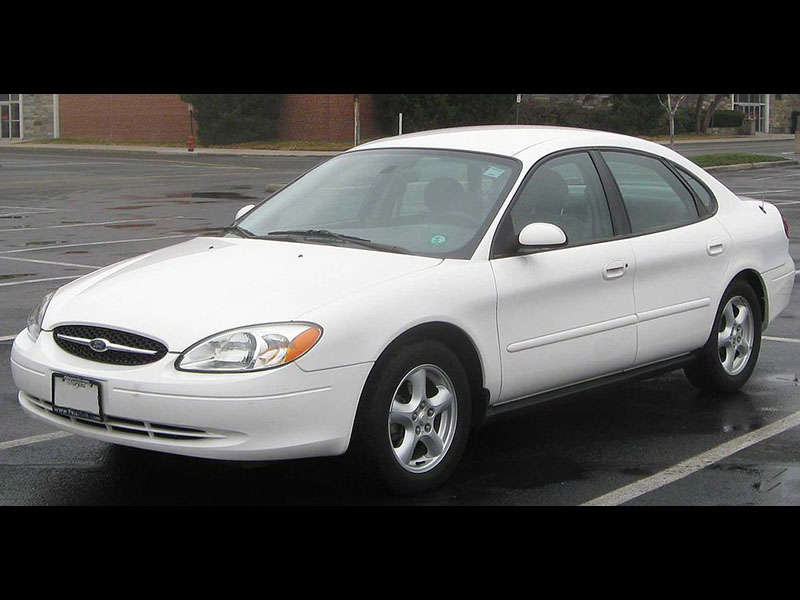Recent Articles
Popular Makes
Body Types
History of the Ford Taurus in Photos
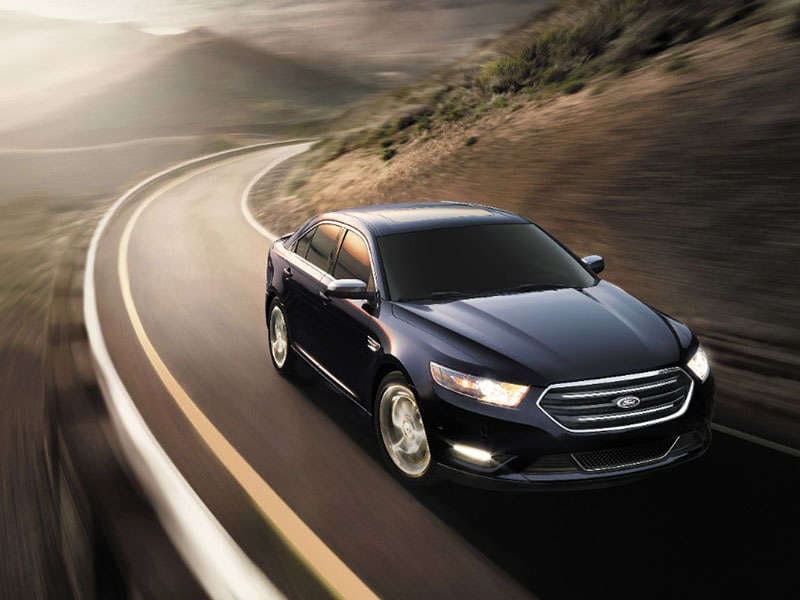
The Ford Taurus was revealed smack in the middle of the 1980's, and went on to not only sell over 200,000 vehicles in the 1986 model year, earn Motor Trend's 1986 Car of the Year, be used as a police car in "RoboCop," but also rescue Ford from almost certain bankruptcy. While it's hard to believe now that cars come equipped with cutting-edge safety technology, sophisticated GPS, the ability to play music from files on our phones, and airbags behind every panel imaginable, the Taurus was pretty innovative in the decade of tape decks and stopping into a gas station so Dad can ask for directions. Let's take a look at almost three decades of the Ford Taurus.
Photo: Ford Motor Company
Ford started developing the Taurus in the early 80's to replace the LTD. American automakers had taken a beating by compact, efficient Japanese cars in the malaise-era 70's. Not only to comply with CAFE laws but to compete with the Chrysler K Cars, Ford gave the first generation Taurus front wheel drive and a more aerodynamic design to improve fuel efficiency. Gone was a traditional grille, replaced by a front metal panel and flush composite headlights.
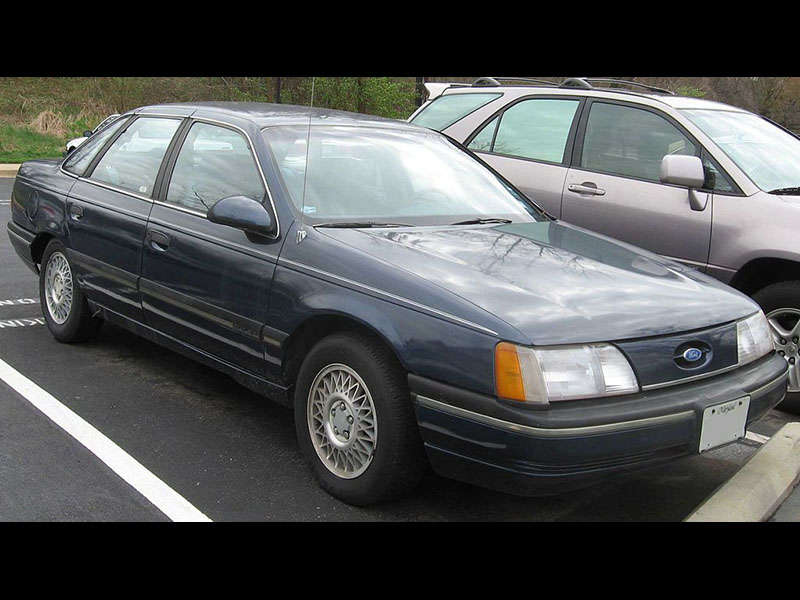
Seen here with Harold "Red" Poling, Ford chairman & CEO from 1990-1993, the first generation Taurus was developed by interior and exterior teams working together - believe it or not a new concept - to develop a cohesive vehicle inside and out. Pre-internet "crowdsourcing" was done through customer surveys. One interior industry first was that the dash curved around the driver with an easy-to-use instrument touch panel to eliminate the driver having to take her or his eyes off the road. By the end of 1989, one million Taurus models had been sold.
Photo: Ford Motor Company

The first decade of the Ford Taurus SHO - "Super High Output" - began in 1989. Originally slated to be a limited production model to use up Yamaha engines Ford was contractually obligated to use, the SHO proved to be so popular that they decided to continue sales.
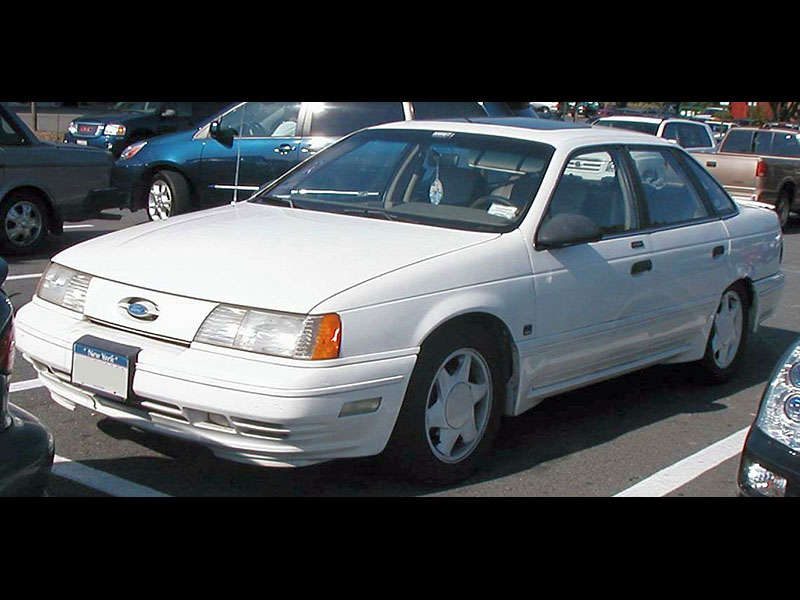
If you read Lee Iacocca's autobiography (former Ford executive who engineered the Mustang in his early career), in the epilogue he rails against airbags, both their cost and ability to save lives. It all seems a bit quaint in retrospect, as the Second Generation Taurus (1992-1995) offered passenger side airbags as an option in the the first model year, then as standard after that - an industry first for a non-luxury car. The Second Generation Taurus also received a redesign; doors, windows, and door handles were still flush with the body, but the door was curved more at the top - all for efficient aerodynamics.
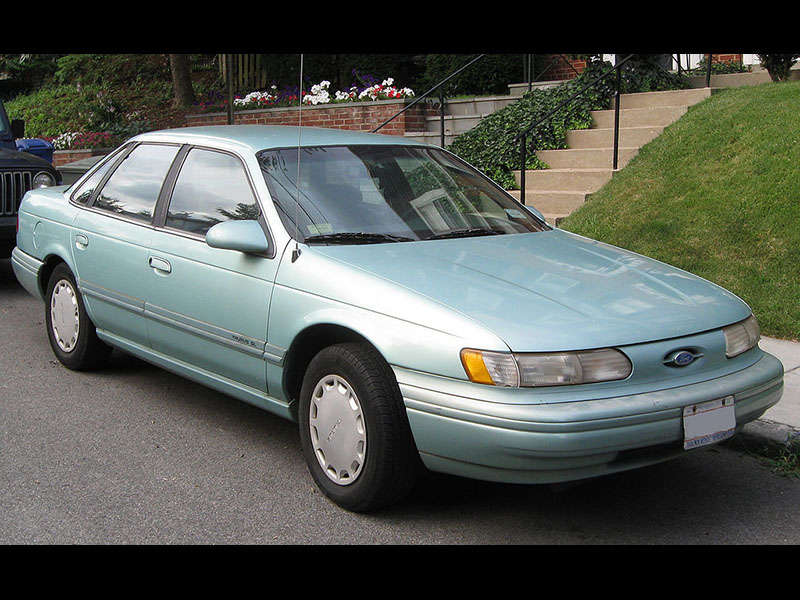
When the L trim level was dropped due to poor sales, the GL became the base level model - and was available as a wagon. Mirrors were painted the same color as the body, and chrome trim was added to the windows, with gray bumpers. The interior was made even more ergonomic with tweaks made to the driver's side touch controls and now-common integrated touch door locks.
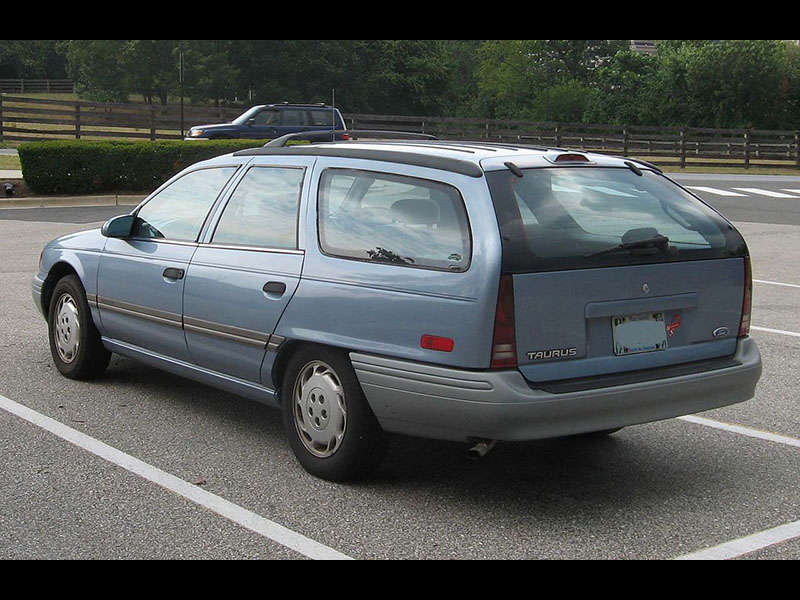
The second-gen Taurus SHO was toned down a bit, borrowing from the now-defunct Mercury Sable (a slightly higher-end Ford brand which shared the Taurus platform.) It was still powered by Yamaha, and in 1993, available with an added automatic transmission option.
Photo: Ben Shumin, creative commons
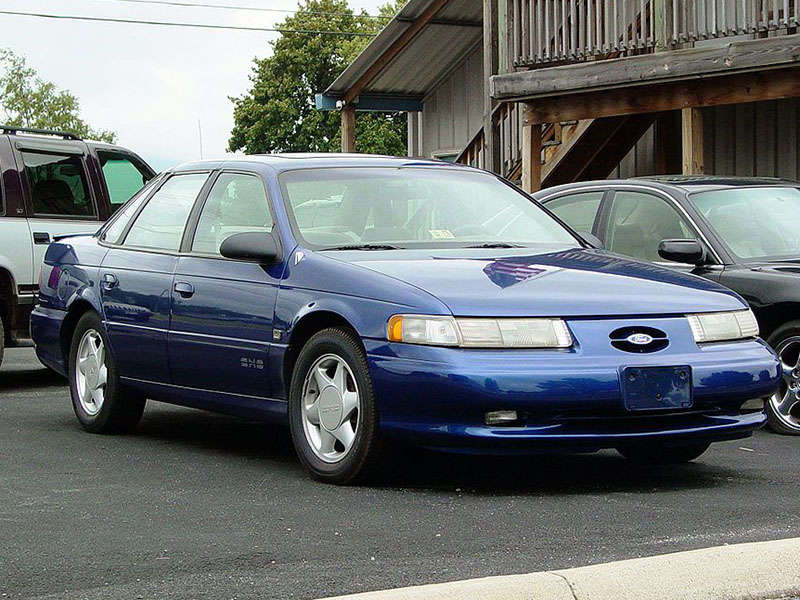
The Third Generation Ford Taurus was completely revamped for the 1996 model year. Everything was oval from the headlamps to the rear window in an attempt to upscale the car. A "Flip-Fold" center console, another new feature, was designed for both bench front seats (becoming center arm rests) and bucket seats with cup holders.
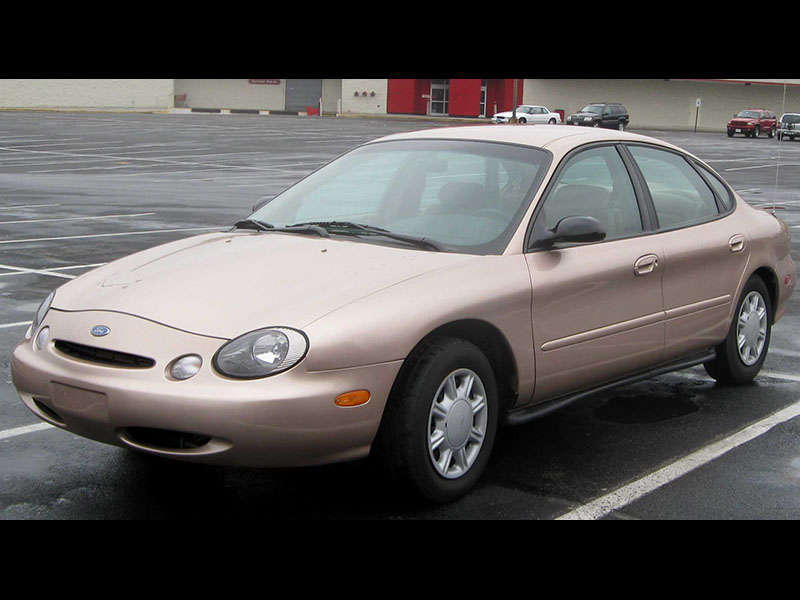
The curious rounded design language carried over to the wagon. Sales of the third-gen Taurus were lukewarm, and in 1997, in spite of heavy fleet sales, it lost its best-seller status to the Toyota Camry.
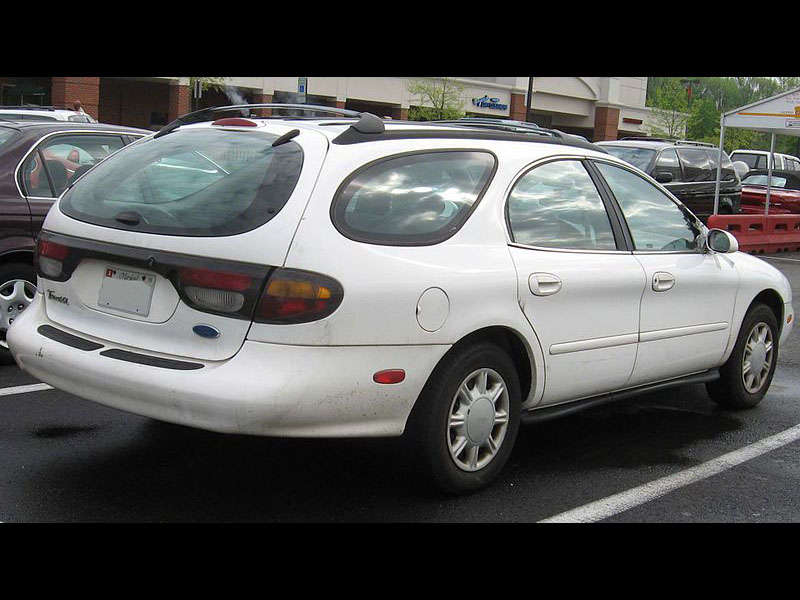
The third-gen SHO received equally curious treatment, focusing on a luxurious interior more than performance, and now offered only with an automatic transmission. Sales were disappointing, and the SHO was dropped from the model line-up in the upcoming fourth generation.
All was not bad news, however. In another first, the Taurus sedan was approved for NASCAR, and drivers Dale Jarret and Greg Biffle both won championships in the Taurus.
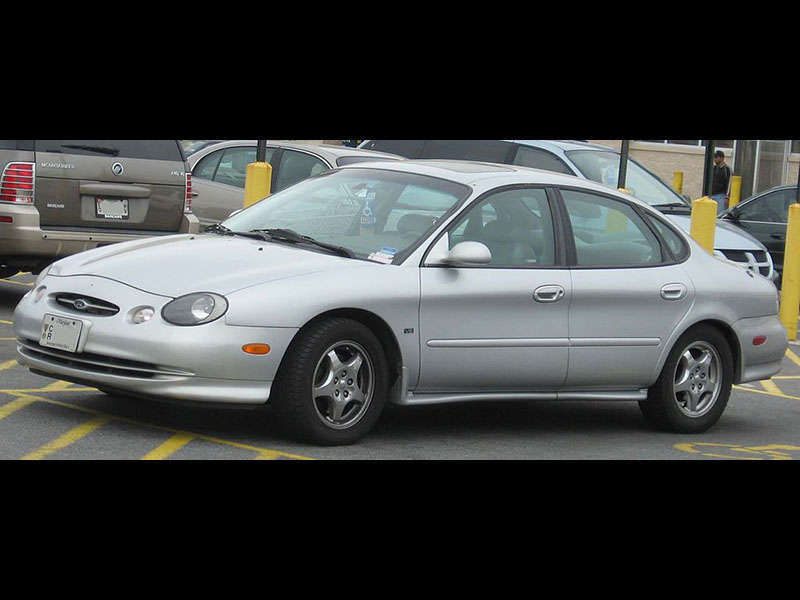
For the Fourth Generation Ford Taurus (2000-2007), the oval concept was tamed a bit. The trunk and roof were brought up in height, adding trunk space and head room.
